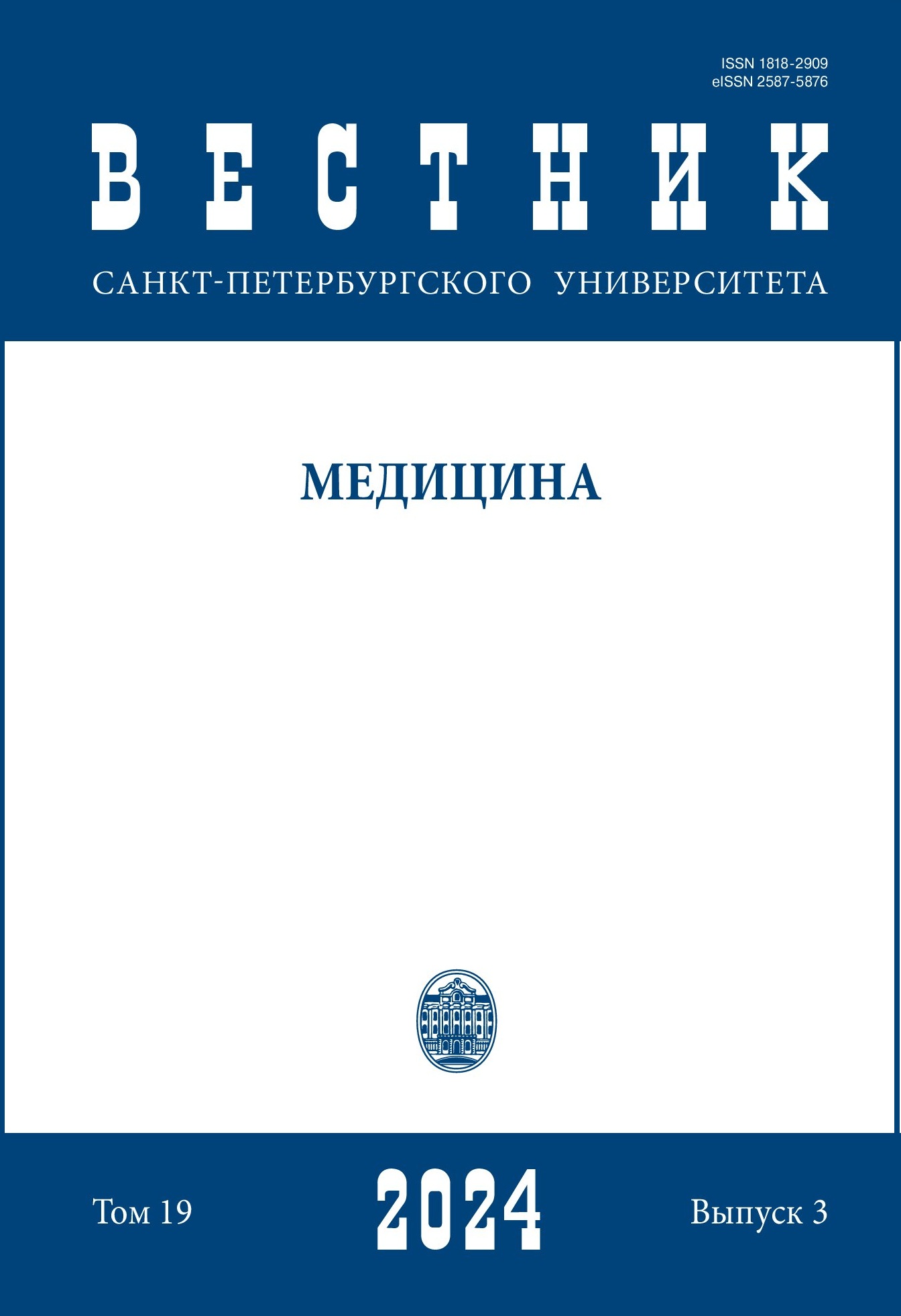3D-bioprinting in reconstructive surgery: Opportunities and prospects
DOI:
https://doi.org/10.21638/spbu11.2024.305Abstract
3D bioprinting is one of the advanced technologies that is actively transforming approaches to reconstructive plastic surgery, offering new opportunities for the creation of personalized, biocompatible, and functional tissues and organs. This field allows the fabrication of complex tissue structures, significantly improving the quality of recovery after trauma and surgical interventions. This review covers the key principles and technologies of 3D bioprinting, its
application in reconstructive surgery, as well as the prospects for further development of this method. Special attention is given to the materials used in creating 3D structures, including bioinks, synthetic and natural polymers, as well as extracellular matrices that enable the
formation of tissues similar to natural ones. Layered tissue construction technologies, such as inkjet, laser printing, and extrusion, are used to create individualized anatomical models that help surgeons carefully plan surgeries. Despite significant achievements, challenges remain, such as the development of new biomaterials, improving model accuracy, and reducing equipment costs, which limit the widespread adoption of 3D bioprinting in clinical practice. Nevertheless, its potential to significantly improve surgical outcomes and enhance patients’ quality of life is undeniable.
Keywords:
3D bioprinting, reconstructive plastic surgery, biological matrices, cell materials, biocompatible polymers, tissue engineering, tissue reconstruction
Downloads
References
References
Downloads
Published
How to Cite
Issue
Section
License
Articles of "Vestnik of Saint Petersburg University. Medicine" are open access distributed under the terms of the License Agreement with Saint Petersburg State University, which permits to the authors unrestricted distribution and self-archiving free of charge.




